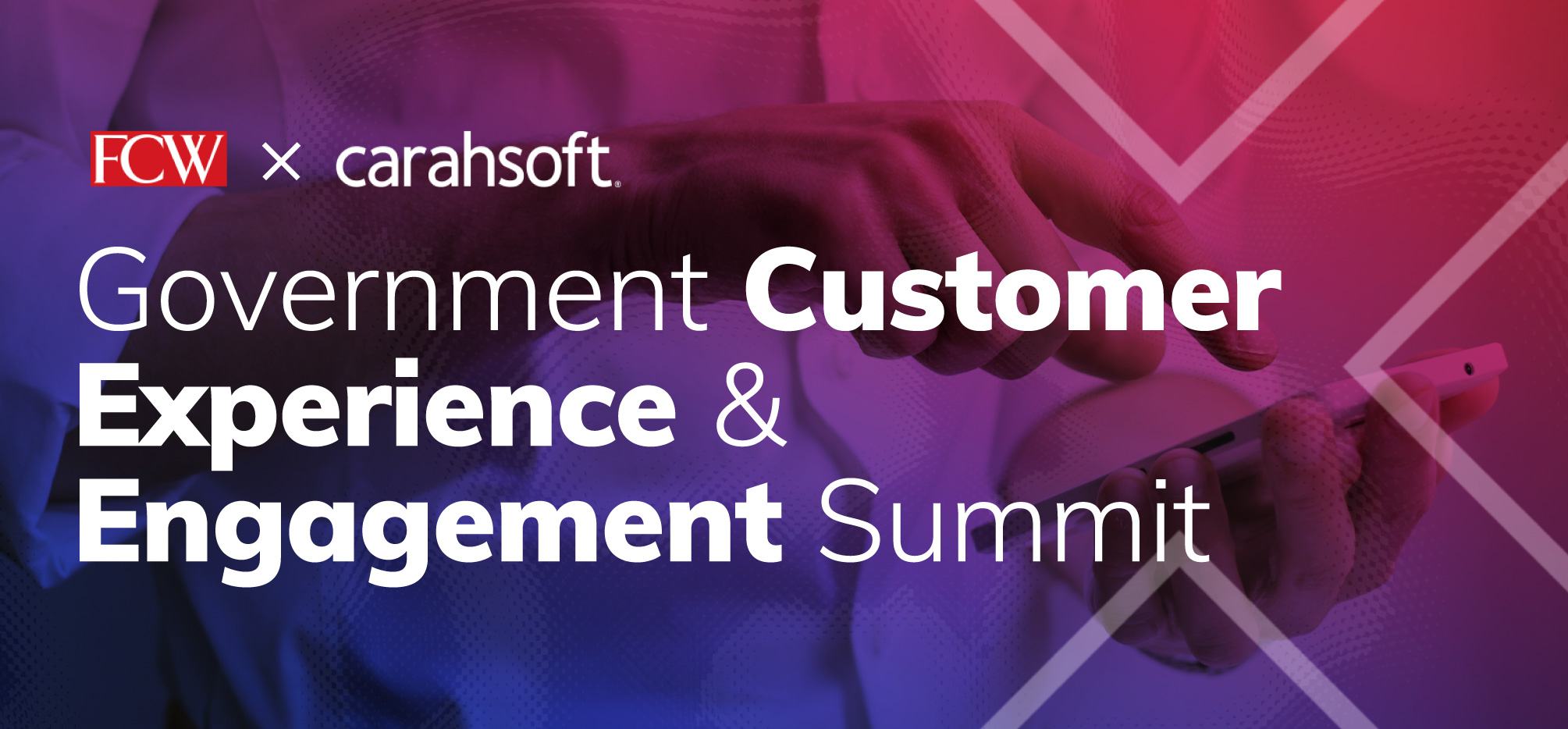Government agencies serve a wide variety of people, which can make customer service difficult as employees must meet a multitude of needs and expectations. However, by implementing proper optimization techniques, both federal and state and local government organizations can serve their diverse community. Through utilizing technology, improving internal support and segmenting existing services, every agency can improve their customer experience.
Maneuvering Technology for Customer Experience
It is important to utilize the growth of technology usage to upskill and rescale the workforce across the government. With the increase of digital device usage, the government must work to serve constituents whenever and wherever they are. This requires mobile friendly services and solutions that enable secure sharing, meaning agencies will need to alter their existing software. However, customer service priorities are generally set by the administration, driven top down across government agencies. Thus, cybersecurity executive orders drive how customer experience is implemented. Due to this structure, agencies must utilize the existing structures to make services more accessible, but still secure enough to meet the mandated zero trust and cybersecurity principles. Data should remain both protected and encrypted, implemented in a way so that customers are not struggling to use the technological services provided.
One aspect of modern technology is change management: the systematic approach of utilizing technology to advance people’s goals. Technology continues to outpace the average person’s ability to adapt to it, especially those of the older generation. And so, agencies need to explain what changes they are making, why and how they will benefit customers and their community. With this ease of knowledge, no customer will be left behind.
Internal Support
 Customer service can be optimized by maneuvering resources to aid the public. This work begins internally with the satisfaction of employees. It is vital to create a positive work environment. In the modern age, work should enable remote usage, especially during public crises like a pandemic. All vendor partnerships should be secure enough to allow this. Agencies must remain flexible for the future and streamline services to facilitate a smooth workflow that enables more information.
Customer service can be optimized by maneuvering resources to aid the public. This work begins internally with the satisfaction of employees. It is vital to create a positive work environment. In the modern age, work should enable remote usage, especially during public crises like a pandemic. All vendor partnerships should be secure enough to allow this. Agencies must remain flexible for the future and streamline services to facilitate a smooth workflow that enables more information.
Employees desire time efficiency and tasks that add value to the industry. Agencies should enable work to be performed effectively and efficiently to maximize outcomes and allow data analysis to determine how that industry can be more impactful. By allowing employees to be engaged in the results of their work, agencies encourage employees to be passionate about company outcomes, which encourages staff members to put more effort into achieving positive results. Work should be less manual intensive and more analysis performance. It is more fulfilling and helpful for employees to be able to utilize data to enhance services for the community.
Equitable Aid
Positive customer experience allows the government to continue serving the public. After engaging with government services, customers should feel satisfied. It is helpful to let them know that their feedback was received, as well as how long service will take, why it will take that amount of time and what the service will look like. This way, customers can feel reassured that their problems are being handled. With a strong strategic vision and commitment to change, employees will continue meeting needs.
Companies should ensure constituents have access to services. Regardless of language, income level, disability, race, etc., customers should receive aid. Government services may need to service people from varied backgrounds or situations, and policies must take their circumstances into account. Solutions must be both optimized and equitable and should not only meet the needs of the majority, but minorities as well. Agencies should consider ableism, racism, ageism, language differences, class differences and other diverse factors to serve the entire population because some groups may need more services than others.
To provide for varied customers, the government audience should be segmented. Segmentation can be used to accommodate those that opt into aid, or to differ between those who need technology and those who needs in person services. This may manifest as attentiveness to language access services, or as accessibility features to ensure that the entire community can participate in processes. In turn, these services can aid data collection. By providing forums for customers to help each other out, and by allowing feedback through various means, solutions can be accessible on every type of device for every type of person.
For a Better Union
Ultimately, customers want to be apart of their community. If the government can aid them in fulfilling their livelihood, then people will be able to pursue life and happiness. By optimizing customer experience with government services, agencies can facilitate that growth for the community.
View the Government Customer Experience and Engagement Summit sessions to learn more about optimizing improve customer experience.







